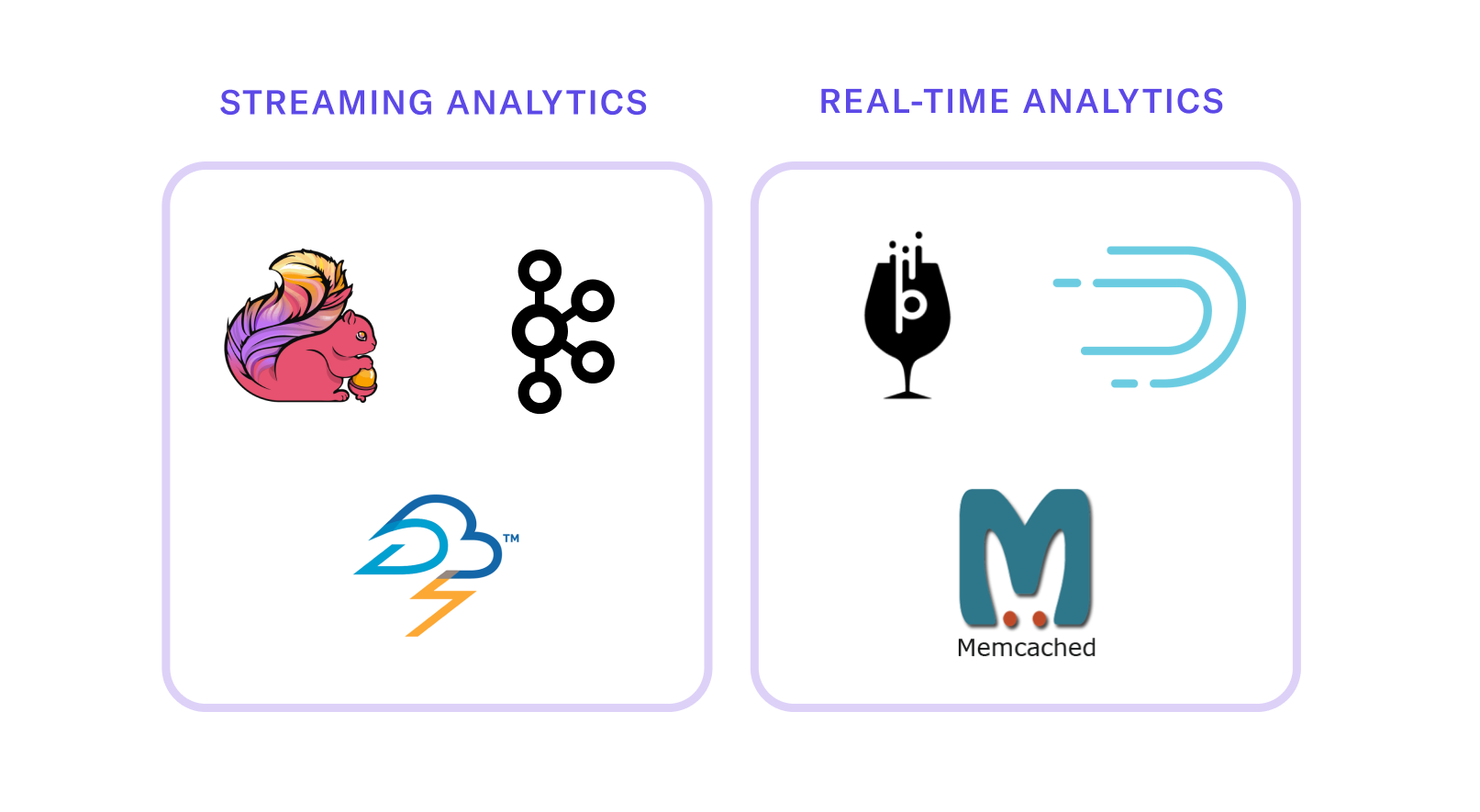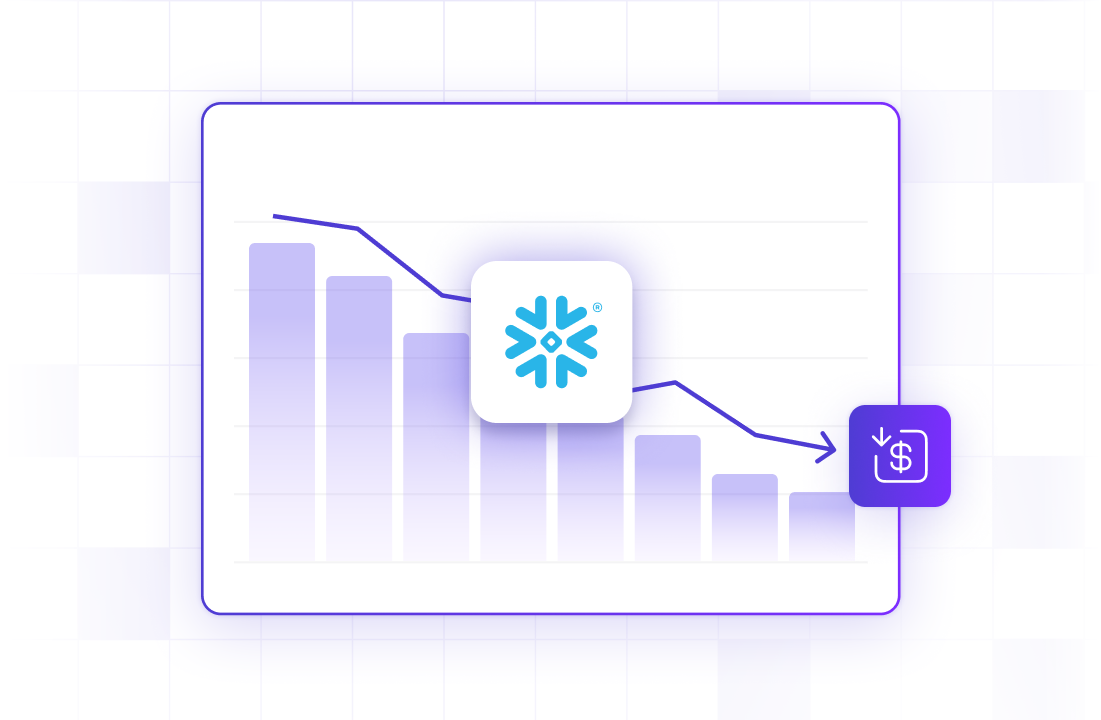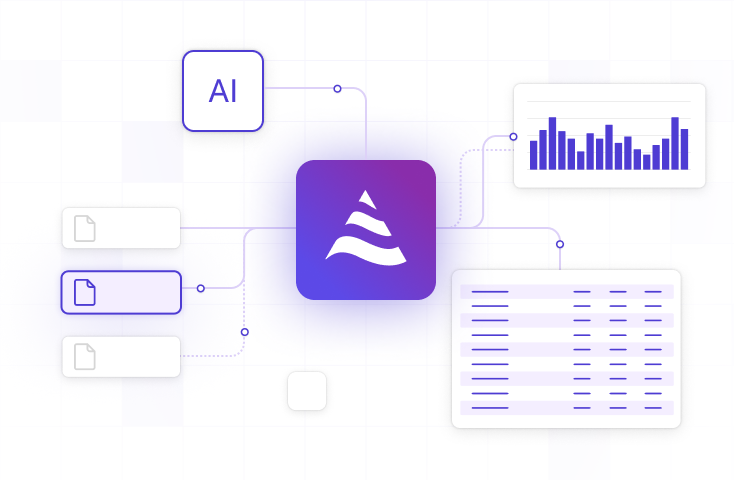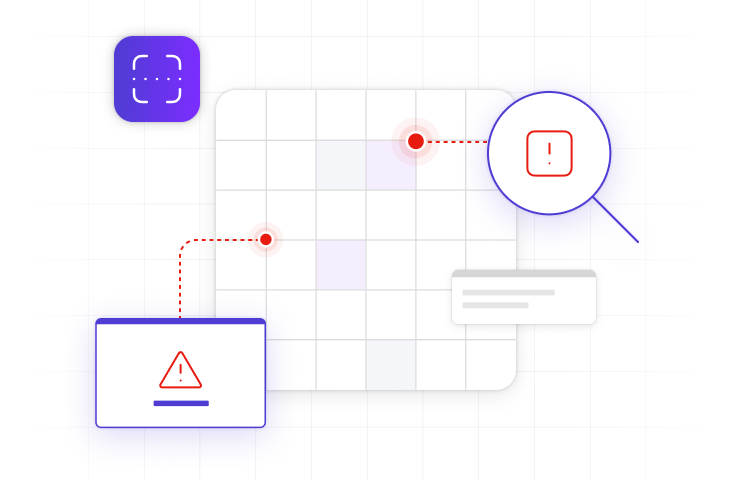01 Oct 2024
Min Read
Streaming Analytics vs. Real-time Analytics: Key Differences to Know
Table of contents
Introduction
Businesses rely heavily on timely insights to make informed decisions in today's data-driven world. Two key approaches that enable organizations to derive value from their data as it is generated are streaming analytics and real-time analytics. While both terms are often used interchangeably, they differ in their operation and the types of use cases they address. This blog post will delve into the core differences between streaming, and real-time analytics, their respective architectures, and practical applications.
Defining Streaming and Real-Time Analytics
Streaming Analytics: Streaming analytics refers to analyzing and acting on data as it flows into the system continuously. Data is processed in real-time as it is ingested, typically in small, unbounded batches or event streams. These streams come from various sources like IoT devices, log files, and social media, with the analytics system making decisions or generating insights from the live data.
Real-Time Analytics: Real-time analytics, while similar in time sensitivity, typically involves processing a dataset or query with minimal latency. It involves quickly processing data to provide near-instantaneous insights, although the data is often stored or batched before it is analyzed. Real-time analytics operates in response to queries where results are expected from data as it enters the system, such as personalized advertising. Typically there are two types:
On-demand: Provides analytic results only when a query is submitted.
Continuous: Proactively sends alerts or triggers responses in other systems as the data is generated.
Differences in Data Ingestion and Processing
Streaming Analytics: In streaming analytics, data is processed in motion. As the data arrives in the system, it is immediately ingested and analyzed. The focus is on processing and analyzing the continuous flow of data, often in a windowed manner, to derive immediate actions from the data stream. This involves handling large volumes of unbounded, real-time data flows.
Example: A fraud detection system in a bank continuously monitors transactions. The moment suspicious activity is detected from a stream of transaction data, the system flags or blocks the transaction in real time.
Real-Time Analytics: While real-time analytics also deals with fast-moving data, it focuses on responding to queries in real time. The data might already reside in databases, and the system retrieves and processes it almost instantaneously when requested. This method is often less continuous than streaming analytics, but it’s still geared towards low-latency responses.
Example: A dashboard monitoring a retail chain’s sales might be refreshed every minute to reflect the latest sales data. Even though the updates are frequent, the data comes from a batched set that is processed in real time rather than directly from an event stream.
Latency and Time Sensitivity Distinctions
Streaming Analytics: Streaming analytics systems are designed to handle extremely low latency, as the focus is on processing data instantly as it arrives. This is critical in situations where immediate insights are required, like automated decision-making in fraud detection, predictive maintenance, or dynamic pricing. Streaming analytics typically involves sub-second latency, allowing for almost instantaneous actions based on data.
Real-Time Analytics: Real-time analytics also aims for low latency, but the data may be processed in slightly larger windows (seconds or minutes). The insights provided by real-time analytics are often near real-time, and acceptable latency can range from milliseconds to a few seconds, depending on the system’s requirements. Real-time analytics may involve batch processing, where the data is aggregated and processed as needed, rather than on a continuous stream.
Contrasting Architecture and Tools
Streaming Analytics: The architecture for streaming analytics is built around continuous data flows. The tools and platforms used for streaming analytics—such as Apache Kafka, Apache Flink, and Apache Storm—are designed to support data streams and perform calculations on the fly. The architecture involves source systems that generate continuous streams of events, a processing engine that can handle this real-time input, and sinks that store or act on the processed data.
Streaming analytics systems often incorporate concepts like event-driven architecture and micro-batching, where data is split into tiny batches to be processed almost instantaneously. The key focus is on scalability and the ability to handle high-throughput streams with very low latency.
Real-Time Analytics: Real-time analytics architecture is often centered around fast querying and low-latency data retrieval from storage. Systems like Apache Pinot, Apache Druid, and in-memory databases like Memcached are frequently used to achieve real-time query performance. Data is often ingested in bursts, cleaned, stored, and queried using systems optimized for low-latency access, such as in-memory or columnar databases.
While it can handle streaming data, real-time analytics systems usually aggregate and store data first, making it suitable for reporting and dashboarding where up-to-the-second freshness is only sometimes critical but very close to real time is required.

Streaming and Real-time Analytics Use Cases
Streaming Analytics:
IoT Sensor Monitoring: Where devices continuously generate data, analytics systems monitor this data in real time to detect anomalies or trigger automated responses.
Stock Market and High-Frequency Trading: In financial markets, price data, transaction volumes, and other metrics must be processed in real time to make split-second trading decisions.
Social Media Monitoring: For businesses that rely on sentiment analysis or real-time social media engagement, streaming analytics helps gauge public reaction instantly, allowing businesses to respond immediately.
Real-Time Analytics:
Customer Personalization: In e-commerce, real-time analytics helps provide personalized recommendations by processing customer interaction data stored in databases, delivering insights in near real-time during customer sessions.
Operational Dashboards: Many organizations utilize real-time analytics for internal monitoring, where data on sales, system health, or customer interactions is processed quickly but not instantaneously, such as refreshing every minute.
Dynamic Pricing: Real-time analytics can be used to adjust pricing based on historical sales and demand data that is processed every few minutes or hours.
Challenges with Streaming and Real-time Analytics
Streaming Analytics: One of the main challenges is dealing with the constant flow of high-velocity data. Ensuring data consistency, scaling infrastructure to handle bursts in data streams, and maintaining sub-second latency requires sophisticated engineering solutions. Another challenge is managing "event time" versus "processing time," where events arrive out of order or late.
Real-Time Analytics: Real-time analytics faces the challenge of balancing query performance with data freshness. Storing and retrieving large volumes of data with low latency is difficult without optimized database architectures. Additionally, ensuring that the data queried reflects the most recent information without overwhelming the system requires careful tuning.
Conclusion
While both streaming and real-time analytics offer rapid data processing and insights, they serve different purposes depending on the specific use case. Streaming analytics excels in environments where decisions must be made instantly on data as it arrives, making it ideal for real-time monitoring and automated responses. Real-time analytics, on the other hand, offers low-latency querying for decision-making where instantaneous data streams aren't necessary but timely responses are critical.
If your use case requires sub-second latency, consider technologies like DeltaStream. It handles both Streaming Analytics and acts as a Streaming Database, supporting the shift-left paradigm for operational efficiency. If you’re interested in giving it a try, sign up for a free trial or contact us for a demo.



